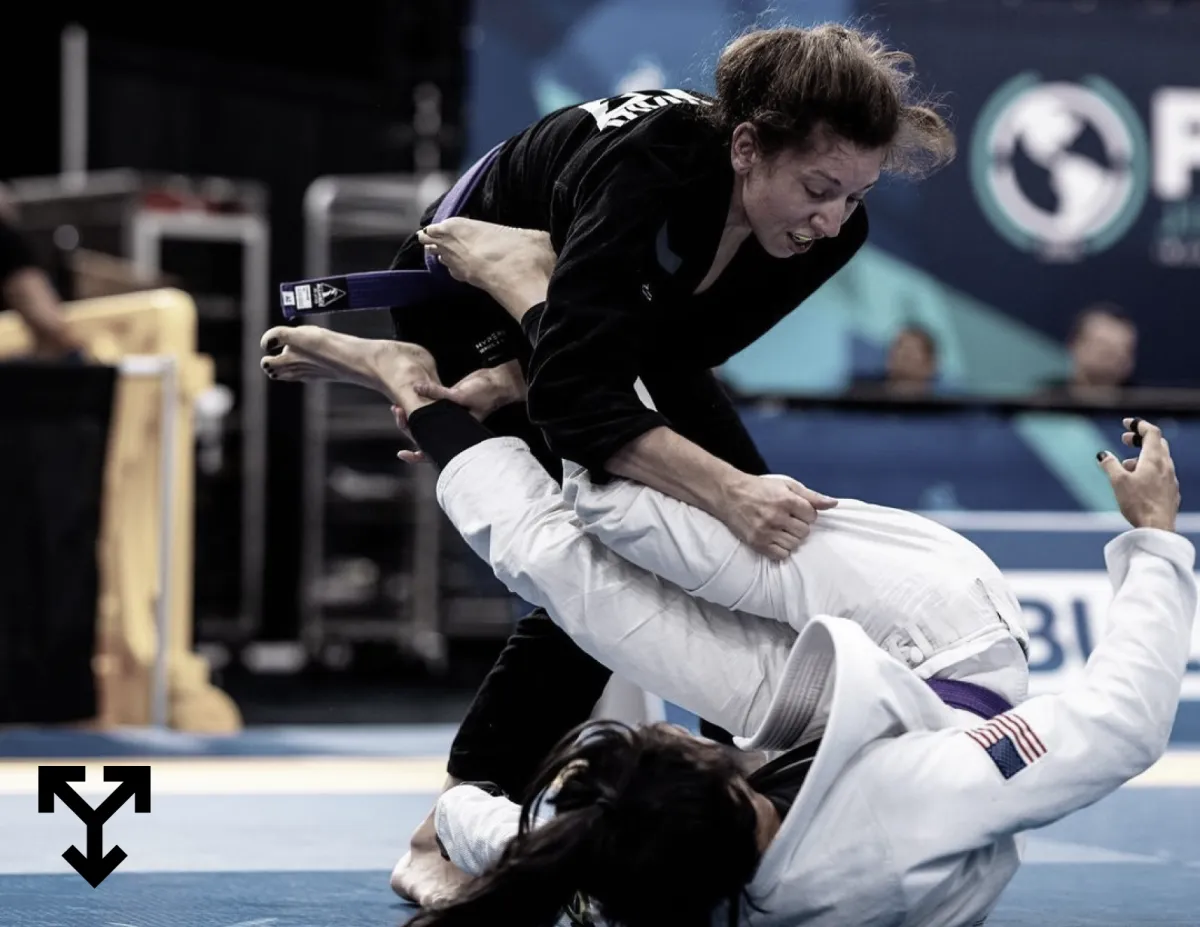
Defining A Omni Athlete
For the longest time, when I thought about elite-level individuals, I often imagined someone at the apex of their sport or profession—an Olympic Weightlifter, a CrossFit Champion, a World Champion BJJ Athlete or MMA Fighter, an World Class Ultramarathon Runner, or a Special Operations Operator, or someone’s whose sole focus is to excel in their arena outside of the crowd that they live amongst. But what if I told you there’s something beyond that? A kind of human being who transcends specialization, who embodies all the necessary qualities not only in one domain but in many aspects of being omni-dimensional.
The Omni Athlete is the culmination of that vision. A new breed of performer who thrives across multiple disciplines, balancing strength and power with endurance, agility with stability, and most importantly, mind and body with spirit and heart. It’s not just about being good at everything; it’s about embodying the principles that make human beings not only strong, but resilient, adaptable, and capable of performing in all areas of their lives. The Omni Athlete thrives in extremes and finds peace in the chaos.
I didn’t always have this vision. For years, I trained like many others: laser-focused on a single goal, hammering away at one modality. That was all I dreamed about and breathed. But as I grew, matured in my coaching journey, and started a family, I began to realize that my previous approach to training wouldn’t work for this new phase of life.
A ten-hour training week was no longer my sole focus or identity, and I could no longer center everything around it while other parts of my life became secondary. Training in a one-dimensional way started to feel like being chained to a concrete wall. I wasn’t willing to bear the weight of those shackles any longer, and my changing life no longer allowed for them.
As I became more curious, I realized that I had the power to unlock those shackles—ones I had placed on myself. The more I explored different arenas and coached athletes who were unsure of what they were truly seeking, the clearer it became: they needed balance. Many had full-time jobs, families, kids, and other priorities, yet they still had goals and dreams of being their best selves—of being professional humans.
The more I understood this, the clearer it became that true performance on demand requires adaptability. It’s about being able to bend without breaking, pushing beyond traditional boundaries, and becoming a well-rounded human. This doesn’t come solely from the training plan; the plan is simply a key—a key that opens the door to new perspectives on how to build a complete version of yourself, both as a person and as the identity you carry when competing.
